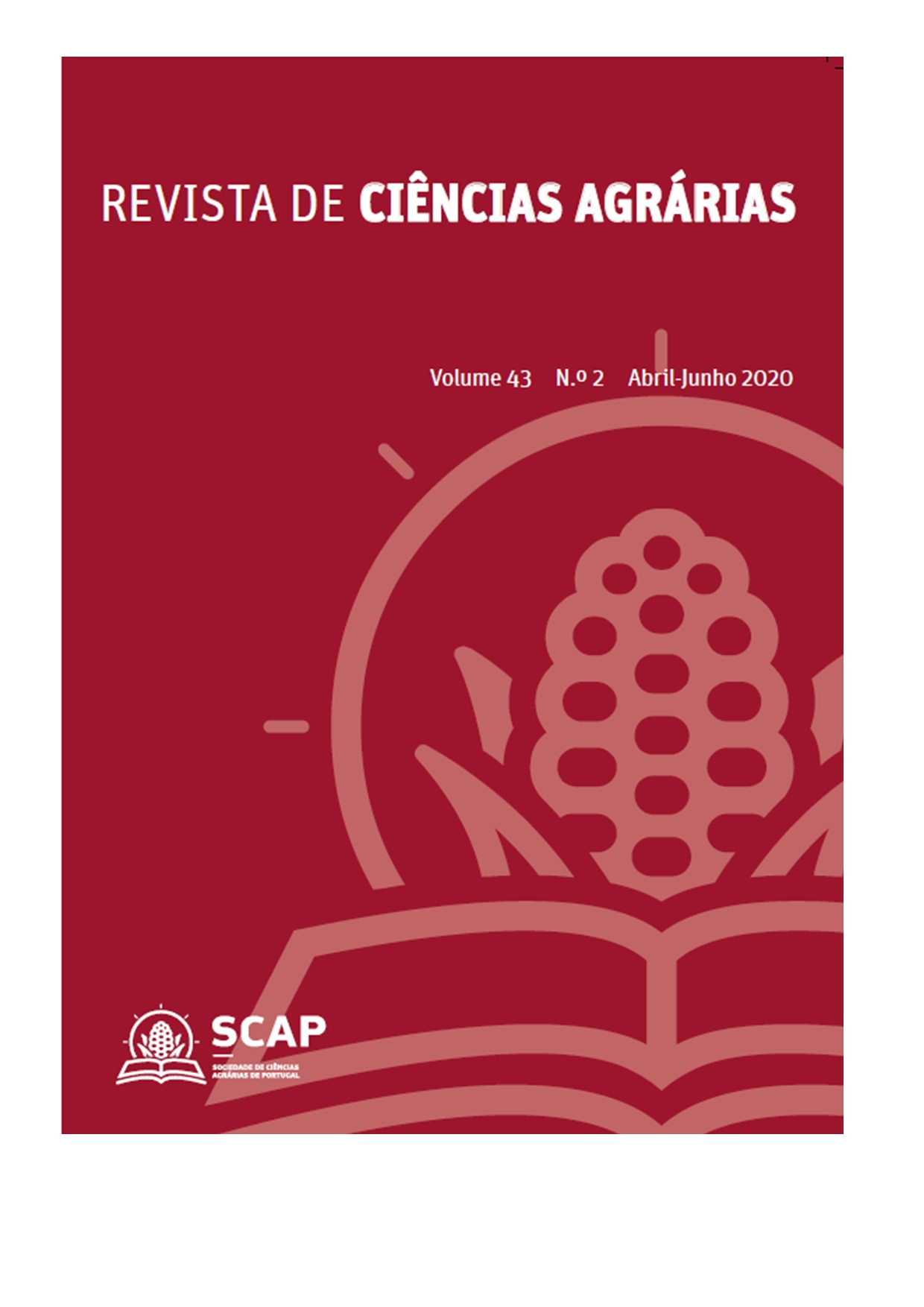Modelling of soil water and salt dynamics and prediction of salinity risks in Lezíria (Portugal) in response to different qualities of irrigation water
DOI:
https://doi.org/10.19084/rca.18646Abstract
The control and mitigation of soil salinization and/or sodicization phenomena are considered one of the main challenges of irrigated agriculture. In Portugal, Lezíria Grande of Vila Franca de Xira its a region with increased salinization and/or sodicization risks due to its costal location with tidal influence. The aim of this study was to evaluate soil water and salt dynamics in a irrigated Fluvisol with a crop rotation of maize and annual ryegrass, and to predict irrigation-induced risks of soil salinization. We first calibrated the Hydrus 1D model for predicting soil water flow and solute transport with observed field data, afterwards we predict future risks of soil salinization performing a scenario analyses considering irrigation with different water qualities (ECw of 1.5, 3 and 5 dS m-1). We observed that when the ECw increases to values of 5 dS m-1, the average solute concentration in the root zone rises to levels above the threshold tolerated by maize. Hydrus 1D successfully simulated soil water content (RMSE= 0.019 m3m-3 (0.23-0.58 m3m-3) and R2= 0.94), the total dissolved solids in the soil (TDS with RMSE= 0.212 g L-1 (0.35-2.47 g L-1) and R2= 0.77) and the reduction in water uptake by the roots due to osmotic stress, and is a very useful tool in the management and planning of irrigation and in predicting soil salinity risks.


